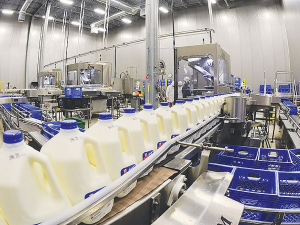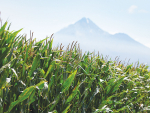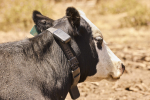International food commodity prices declined in August, led by staples other than rice and sugar, the Food and Agriculture Organization of the United Nations (FAO) says.
The FAO Food Price Index, which tracks monthly changes in the international prices of globally-traded food commodities, averaged 121.4 points in August, down 2.1% from July and as much as 24% below its March 2022 peak.
The FAO Dairy Price Index declined by 4% from July, led by international quotations for whole milk powder, in abundant supply from Oceania. International butter and cheese prices also dropped, due in part to lacklustre market activities associated with the summer holidays in Europe.
The FAO Meat Price Index dipped by 3%. World ovine prices fell the most, underpinned by a surge in export availabilities mainly from Australia and weaker demand from China. Robust supplies also nudged downwards the prices of pig, poultry and bovine meats.
In stark contrast, the FAO All Rice Price Index rose by 9.8% from July to reach a 15-year nominal high, reflecting trade disruptions in the aftermath of a ban on Indica white rice exports by India, the world’s largest rice exporter. Uncertainty about the ban’s duration and concerns over export restrictions caused supply-chain actors to hold-on to stocks, re-negotiate contracts or stop making price offers, thereby limiting most trade to small volumes and previously concluded sales.
The FAO Vegetable Oil Price Index decreased by 3.1% in August, partly reversing a sharp 12.1 percent upward move in July. World prices of sunflower oil declined by nearly 8 percent during the month amid weakening global import demand and abundant offers from major exporters. World quotations for soy oil dropped owing to improving soybean crop conditions in the United States of America, while those for palm oil fell moderately amid seasonally rising outputs in leading producing countries in Southeast Asia.



















